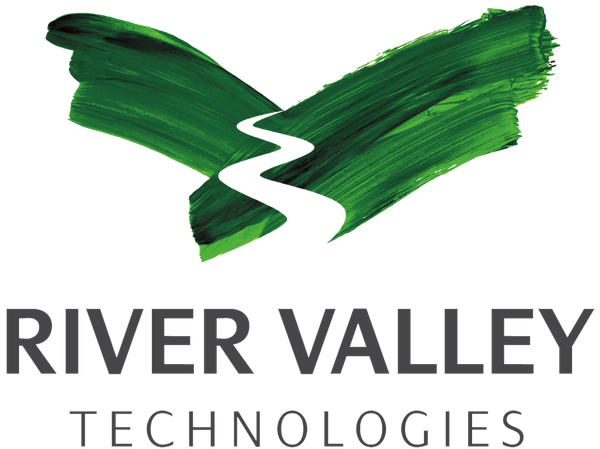
|
|
||||||
Digital Typography transpired in type design and text layout. It has changed font production and text composition in their entirety. Dr. Karow was involved in many of the demands for digital typefaces which came into existence from 1972 through 1997. These issues included formats, variations, interpolation, rasterizing, hinting, autotracing, grayscaling, and element separation. Modern text composition was mostly influenced by programs such as WordStar, Word, PageMaker, QuarkXPress, and FrameMaker, which replaced writing, typesetting and printing in offices on the one hand and at home on the other.
In current times, text is composed much less manually than in the past, but not as digitally generated as its potential. Within modern text composition, digital text is a special part that should proceed without manual assistance and human layout. Up to now, the milestones were these: kerning, optical scaling, paragraph composition (hz-program), chapter composition (chapter fit), and digital ads. As is known, a good deal of engineering endeavors has already been implemented in regards to digital typography. However, distinct challenges still exist such as refinements to autotracing, autohinting, element separation, kerning, optical scaling, chapter fit, and automatic text composition. Many sophisticated tasks are still left to be executed, they belong more to artificial intelligence than to engineering.
Peter Karow was born as a farmer’s son in Stargard, Pomerania, on November 11, 1940. From school and after his civil service he progressed to the University of Hamburg, to study high energy physics leading to a dissertation in 1971. With Rubow and Weber he founded the company URW Software & Type GmbH. Digital type became his life’s work and has continued to be a most enjoyable and exciting task to the present day.
Several contacts with type designers, especially Hermann Zapf, had great impact on his development of the IKARUS program. Since 1988, both worked on the ‘hz-progam’ in order to use the power of computers to improve the micro-typography of texts.
Peter Karow gave international presentations on numerous conferences, wrote many articles for journals, got 14 patents for DTP related methods, and wrote several books, among them: Digital Typefaces and Font Technology (both Springer-Verlag, Berlin Heidelberg New York, 1994), Typeface Statistics (URW Verlag, Hamburg, 1993).


